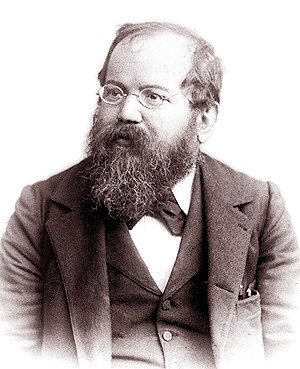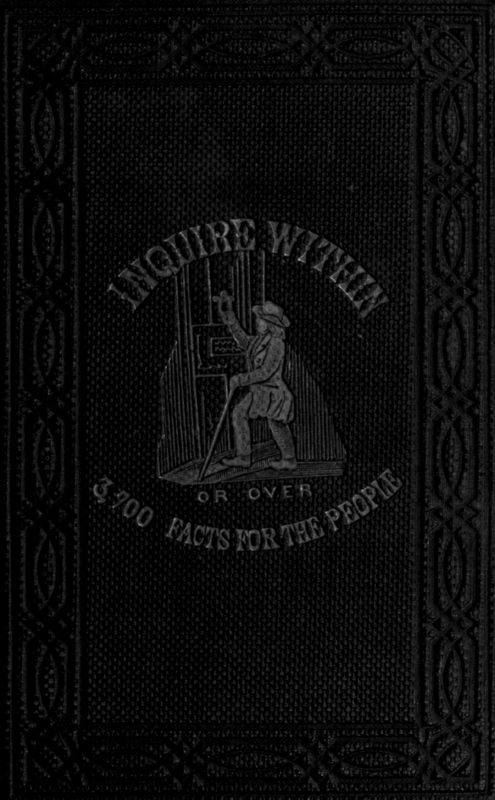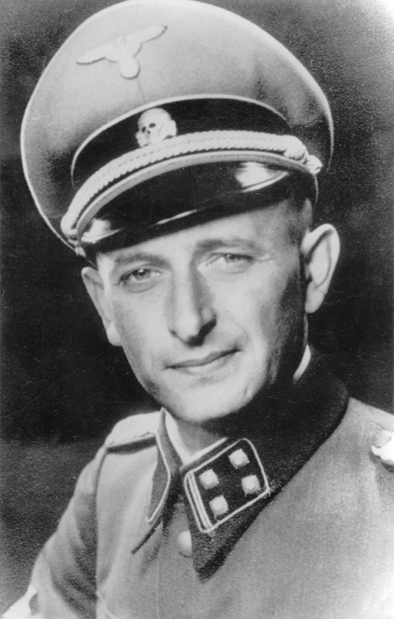Moshe Czerniak has met--and played--many of the past greats of chess history. A partial list of his views of them is found in his book, Toldot Ha'sachmat ('History of Chess' (1963). Tel Aviv: Mizrachi Press.)
Frank Marshall: 'When the Palestine team played the USA [in the 1935 Chess Olympiad -- A.P.] it was the late David Enoch's turn to play Marshall. He played well and had a considerable advantage (two pawns) and was sure he would win easily. I remember that during the adjournment I warned Enoch to be careful, precisely because he has the advantage, for he is playing the "king of swindlers!" And indeed, what I feared happened... one inaccurate move was enough for Marshall to pull out of his sleeve a counter-combination and draw the lost battle. You should have seen the old man's joy after saving the draw; it was as if he had won.' (p. 53).
Jose Capablanca: 'In 1939, Capablanca admitted to me that "for some reason" he finds it hard to beat even relatively weak opponents (he meant regular masters), and his game isn't as accurate as it used to be. He told me [this is] "because today chess is no longer a struggle of intelligence and talent, but also very hard work, one needs to know a lot of theory." (p. 59).
Savielly Tartakower: 'I knew Dr. Tartakower personally. I came to realize that behind the brilliant and somewhat cynical exterior, there is a man of rare fairness, honesty, and objectivity.' (p. 71).
Mir Sultan Khan: 'In 1931 I had the opportunity to play two games with him as he passed through Strasburg, on his way to the match with Tartakower... I was a young and inexperienced player, and of course was defeated by a giant like him. But when the games ended and we analyzed the games together, he amazed me with the numerous original ideas he considered during the game.' (p. 75).
Alexander Alekhine: 'That year I had the chance to talk with Alekhine about the reserve players [anshey ha'atuda--the context suggests it's a misprint for anshey ha'atid, "up-and-coming players"--A.P.] in world chess. The world champion pointed out four youngsters as greatly talented: Flohr, Kashdan, Nussbaum, and Sultan Khan. Only a select few got praise from Alekhine!' (p. 75).
Miguel Najdorf: 'In [the Lodz championship], that took place in 1929, he already showed his special style. He lost eight games and won only three, and I remember that, when he returned to Warsaw, he told me that there is one opening for White that Black cannot defend against! (He meant the Queen's gambit). The three games he won were chosen as the tournament's three most beautiful games!' (p. 83).
Samuel "Sammy" Reshevsky: 'Reshevsky... does not believe in studying opening theory... does not use seconds to analyze adjourned games... and wastes most of his time in the opening. In the Helsinki Olympiad I had a long talk with him, and when I noted all these weaknesses in his play, he replied: "I think none of that is crucial, not opening novelties, not adjournment help and not even rational time allotment.... one must simply find the mathematically best move at every position in the game, though this is not always possible over the board."' (p. 88)
David Bronstein and Tigran Petrosian: 'In the Belgrade tournament in 1954, I spent many hours with Bronstein and Petrosian, and we analyzed various games. I soon realized the difference in their approach. Bronstein was interested in discovering the way to reach the goal, while he left its execution to Petrosian.' (p. 91).
Vasily Smyslov: 'I have never seen him angry, even when all his plans fail.' (p. 93).
Petrosian and Flohr: 'During the Leipzig Olympiad, in 1960, I asked Petrosian if he had any beautiful games worthy of publications in the Olympiad. Salo Flohr, who say next to him, laughed: "don't you know, Tigran has no beautiful games, he has only good games!"' (p. 99).
EDITED 2/2022:
Tomasz Lissowski informs us Czerniak's recollections of Najdorf are somewhat inaccurate:
"The Lodz championship, that took place in 1929..."
The tournament was played from 10 October till 28 December 1928, on the occasion of the 25th anniversary of the establishment of the Lodz Chess Club (LTZGSz), which was established in 1903.
"He lost eight games and won only three."
According to "Young Najdorf" by Tomasz Lissowski (Nottingham 2010, pages 12-14) we know four games won by Najdorf: Najdorf - Frenkiel (Sicilian Defence), Najdorf - Regedzinski (Sicilian Defence), Szestakowski - Najdorf (Irregular) and Szpiro - Najdorf (Queen's Gambit). We know also the game Kremer - Najdorf (Queen's Gambit), won by Kremer. Therefore, Najdorf has lost 5 or 6 games.
"The three games he won were chosen as the tournament's three most beautiful games!"
No information in press is available about Brilliancy Prizes in mentioned tournament.












































